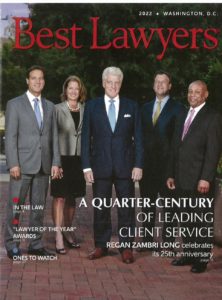One of the most important parts of a personal injury case is determining which party was at fault. Personal injury claims are often the result of a negligent or careless action and deciding who caused the accident and whether the injured party was also at fault can be complicated.
Different states follow different guidelines for finding which party is at fault and calculating how much money can be recovered. Depending on what standard your state or jurisdiction uses for negligence, you could be barred from recovery. If you were injured in an accident, it is important that you understand the differences in these theories of negligence.
There are two main ways that a court will assign liability in a personal injury claim: contributory negligence and comparative negligence.

As an example, assume the pedestrian (the plaintiff) files a personal injury claim against the driver of the car (the defendant). If the court determines that the plaintiff’s injuries were worth 1 million dollars:
Washington, DC, is one of the few remaining states that still recognizes contributory negligence. The other states that still use contributory negligence are Alabama, Virginia, Maryland, and North Carolina. Recently, DC has progressed to a milder form of contributory negligence in certain circumstances. Under this modified contributory negligence standard, called the Motor Vehicle Collision Recovery Act, a person who is injured on a public highway by a vehicle while walking, riding a bike, riding a scooter, or by traveling in any other non-motorized means can still recover as long as they were not the proximate cause of the accident and were not more at fault than the defendant. In the distracted pedestrian example, under this version of modified contributory negligence, the pedestrian should be able to recover as long as they were not more at fault than the driver.
If you’ve been in an accident and are considering a personal injury action, you should consult with an experienced lawyer. Having a good lawyer is even more important in Washington, DC, because DC uses contributory negligence. A lawyer from Regan Zambri Long, PLLC can discuss your case with you and explain how the contributory or comparative negligence will affect your claim. Call today to schedule a free consultation.